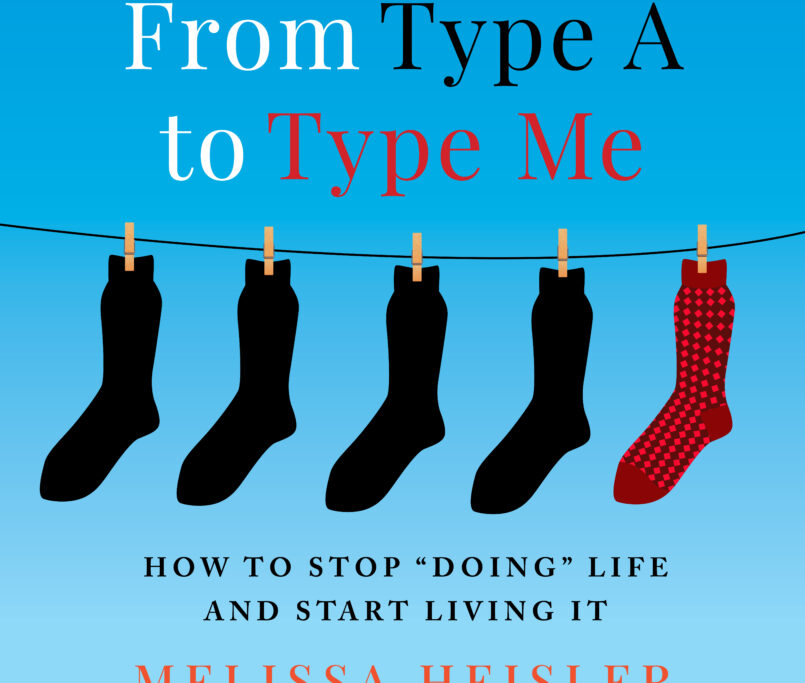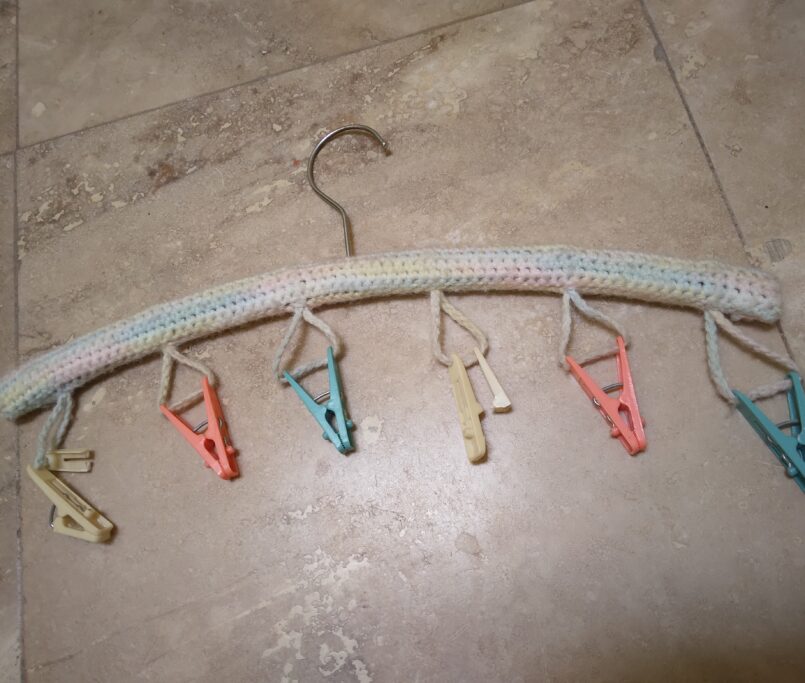How to Change
I have been listening to John Siddique on Insight Timer. One thing he shares is about how self-help articles often tell us what to do – we should have more self-esteem, we need to treat our bodies better, we need to release our past – but they don’t say how we accomplish these things. I believe if I asked you each right now what you should do to change your life for the better, you could easily come up with a list of things you should do. And if I asked you how you were going to make them a reality, you may come up short. Or if you do have a plan to make them happen, you probably find it hard to follow your own program.
Below are a few tools I use to create change which help me and many of my clients to accomplish our goals.
Ask Why Change is Important
 We know what we should do. We know what is best for us. We read the data; we know the facts. However, many times we don’t really buy into it because we are fearful, feel unworthy, or just think we can’t accomplish it. As Goethe said, “Knowing is not enough.” Knowing what we should do is not enough. We need to dig deeper. We need to get down to the real reason we want change. I found a great TED talk that recommends that we “start with the question.” I often do this when I coach people; I call it being the two-year old. I ask “why” and then to each of their answers, I ask “why” again. With each “why” we get closer and closer to the real truth. The real desire. The real fears. It is not what we think should do but what we are driven to do from the deepest part of our being that empowers us to make change. We have to get past our lies or others’ expectations, to the truth of what we really want. It is in this vulnerability that we can choose and stick to what we really want.
We know what we should do. We know what is best for us. We read the data; we know the facts. However, many times we don’t really buy into it because we are fearful, feel unworthy, or just think we can’t accomplish it. As Goethe said, “Knowing is not enough.” Knowing what we should do is not enough. We need to dig deeper. We need to get down to the real reason we want change. I found a great TED talk that recommends that we “start with the question.” I often do this when I coach people; I call it being the two-year old. I ask “why” and then to each of their answers, I ask “why” again. With each “why” we get closer and closer to the real truth. The real desire. The real fears. It is not what we think should do but what we are driven to do from the deepest part of our being that empowers us to make change. We have to get past our lies or others’ expectations, to the truth of what we really want. It is in this vulnerability that we can choose and stick to what we really want.
Stop Looking for the Reason
We use “why” to help us get to our personal truth, but asking the bigger “why” – the reason behind our situation – is not helpful. The other day I was learning about indirect objects in my Spanish class. In a few situations, verbs are not handled like they are in English. Instead of saying “I like chocolate,” the direct translation in Spanish is “Chocolate is pleasing to me.” In the Spanish sentence structure chocolate is take the action, not me. Because the concept is so different, I wanted to know the “why” behind it. I wanted to use logic and knowledge to help me learn. Truth is, there is no logic per se. It just is. It is a fact of that language. Personally, I spent many years trying to find the reasons in my past of why I act and think like I do. Some of this reflection was good and a little bit of understanding is helpful. But knowing the deep-down sole reason “why” things are like they are is not necessary for change and does not always exist. Don’t get stuck in trying to find the why. It only keeps you from moving forward.
Don’t Be Rigid
When we want to make changes in our life, we often create a plan we are going to enact – a daily diet plan, the number of times we will go to the gym, or other resolutions – and we try to force ourselves to adhere to that said plan. And to which we usually fail. The reason why is that we think we know the right answers today for what is going to happen tomorrow. We don’t. Life changes and we need to adapt to it. What we think will work may not and we need to adjust. Instead of creating a rigid plan to follow, have some simple goals like “I choose to be healthy” or “I am deepening my relationships.” Then in each moment ask yourself if the belief or action you are choosing is making you more healthy or is improving your relationships. If not, choose differently. After choosing for a few weeks, you will see a pattern of good choices arise that will then become your new way of being.
Be in the Moment
As mentioned above, instead of following a plan, change is best accomplished by making moment by moment choices. To make moment by moment choices, you need to, obviously, be in the moment. Throughout your day, try to focus on the present moment. Steer away from replaying the past or worrying about the future. As Ram Dass wrote, “Be here now.” Use meditation and mindfulness tools to help you retrain your mind to be in the moment. You can not change the past or control the future. Change only happens in the moment.
Choose, Don’t React
You are empowered to change. Really. You may not be able to change circumstances or the actions of others, but you can control your reactions to people and situations. One other benefit of being in the moment is to that you can learn how to choose your thoughts and actions, instead of having them be unconscious reactions. First, strive to be aware. Next, discern the thought/action which will serve you best. Finally, act. A friend once told me, “You are responsible for your second thought and your first action.” Our first thought is usually a knee-jerk reaction based on fear and past experiences. This is human and part of us all. The key is not acting on this first thought. Take a breath, think about options, and choose the healthiest thought you can. Then act on that second thought. Breaking out of a reactionary way of being empowers us to make better choices.
I hope one or more of these concepts will help you create the changes and life you want to live.





